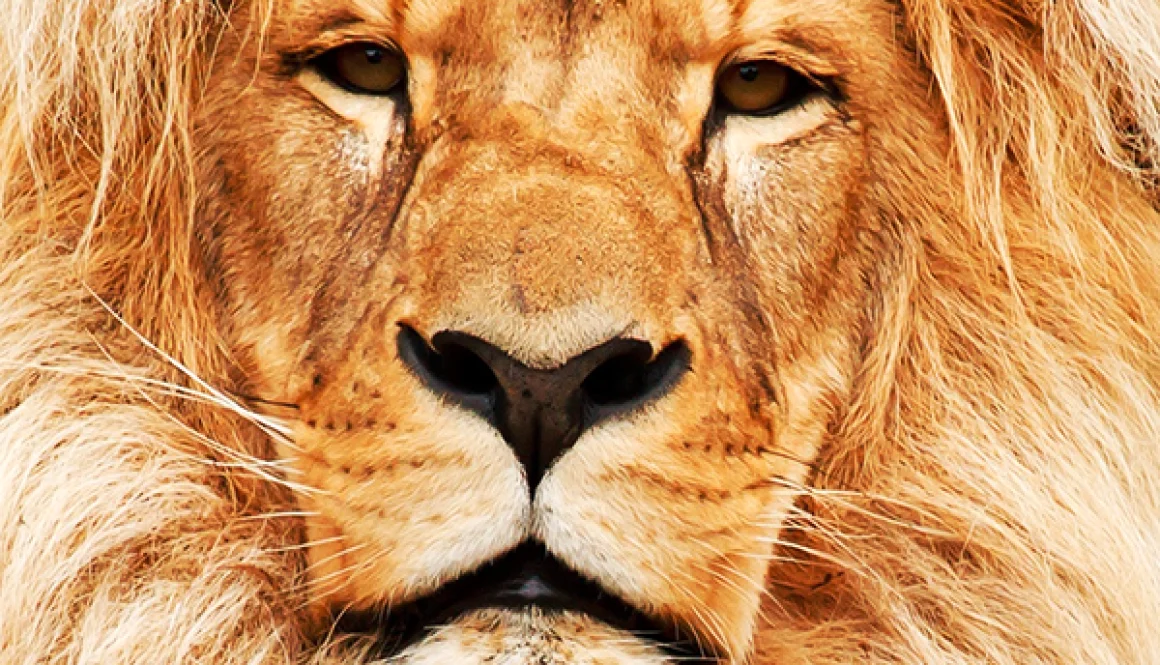Frizz!
Just when we’re laser-focused on the matter and finally winning the battle against frizz, we glance up to notice something on the horizon. Frizz is making a reappearance! But wait. It’s different. It’s—it’s pretty!
From the catwalks to the coasts, frizz is seriously trending. In a way, that means textured clients can let out a collective sigh of relief. Frizz is at least the devil they know.
Nature’s Gift
Curly and wavy hair textures tend to naturally be more frizzy. The core bonds of the hair shaft are crooked and, even if healthy, have the tendency to appear frizzy.
Furthermore, because of the structure of wavy, curly and coily hair, it is harder for the scalp’s natural oils to move down the hair shaft. Less oil means less hydration, and less hydration means more frizz.
Hair becomes frizzy when it lacks moisture, which can happen from styling methods, chemical services or natural occurrence. When there is high humidity in the air, hair tends to pull in needed moisture, thereby causing frizz.
Frizz as Fashion
Accepting their frizzy fate, curlies have learned to live with it or conquer it, but they haven’t glorified it in decades. This was one pendulum that was rarely predicted to swing back. But pendulums always do.
Frizz is becoming more of a trend on the runway because, quite simply, it’s time. The looks on the silver screen, runways, and magazine covers have been straight for so long that the avant-garde direction that sashays down the runway should seem to go to the extreme of curly-frizzy.
This look is coming because the younger generation hasn’t tried it yet. Now that they’re seeing it, they’ll want to try it.
And they’ll be seeing more of it. Runway fashion for this fall is showing military chic, with sleek lines and olive green and brass, along with the laminated look. Those masculine styles and hard finishes are complemented by a softer, frizzy, romantic style.
On Main Street, we see the trend more like evolution than revolution.
Right now only the trendiest clients are asking for frizz. In New York and L.A., there are women from all over the world, so clients are more exposed to international looks. However, our clients are getting into wavy hair. Before we get them into frizzy hair, we have to move them into a nice wave—a softer look—and after that, it will slowly happen.
That was Then
Perhaps salon clients have to first trust that this is not their mother’s— or grandmother’s—frizz.
The last time we had the chance to see a true shift from sleek-straight trends was the transition from Cher’s parted-down-the-middle ’70s ’do to the over-processed and big hair of the ’80s. While over-processing may have been an appropriate vehicle at the time, it won’t fly today. But neither will the opposite— just letting hair have its way.
In the ’80s, most of the frizz was natural. Today we make it happen with products, tools, and even color techniques.
Frizz-seeking clients will replace smoothing shampoos and conditioners with hydrating products. Instead of flat irons and curling irons, the heat tool of choice will be the blow dryer. And rather than drenching the hair in styling creams, they will rough up the cuticle with pomades and polishes.
This time around, we’re creating manageable frizz.”
Good Frizz / Bad Frizz The difference is all in the styling.
One great way to get clients on the frizz page is to point out some that they already like. You know the messy French twist, braid, chignon or loose pony they ask for? Yep, the unfinished part—the coolest part—is frizz. But it’s a good frizz.
Good frizz is something we stylists call ‘flyaway hair,’. Bad frizz, on the other hand, is overworked and over-dry hair with no control.”
To create good frizz, first, dry the hair thoroughly and apply the product throughout the hair. You can use a variety of tools, a teasing comb, cushion brush, and wig brush. Once you have control of the hair’s direction, you can go against the grain to create the frizz.
Hold the hair with the brush and apply some tension. Then to rough-up the hair, blow-dry toward the scalp—against the natural pattern.
While color services have a purpose beyond that of frizz-maker, they can be worked to that added advantage. Blonding Balayage techniques to tease out the frizz.
We place a lighter color on the ends, and then we don’t style them. Very blonde color helps the hair on the ends become frizzy. These unfinished looks are very in style.
